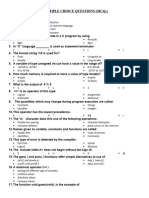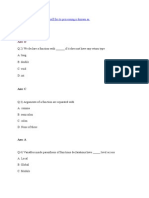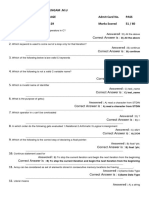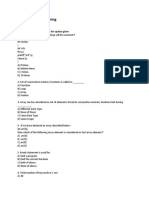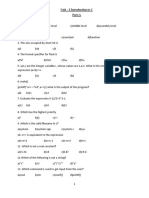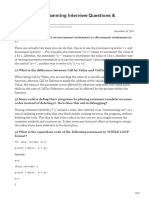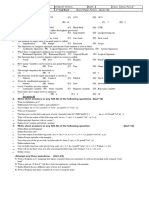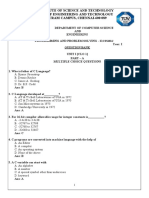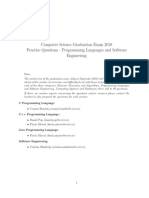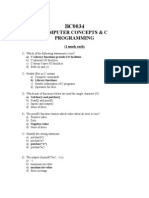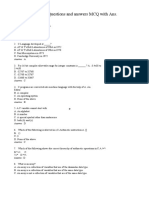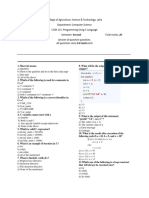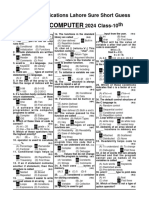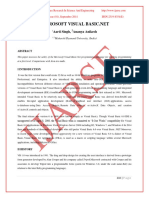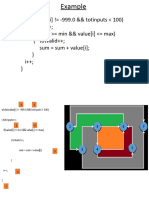0% found this document useful (0 votes)
9 views17 pagesAll Mca C Programming
The document contains a comprehensive set of questions and answers related to the C programming language, covering topics such as variable names, data types, operators, control flow, functions, and arrays. Each unit addresses specific concepts and provides examples to illustrate the principles of C programming. It serves as a study guide for understanding fundamental C programming concepts and syntax.
Uploaded by
costasmujnotesCopyright
© © All Rights Reserved
We take content rights seriously. If you suspect this is your content, claim it here.
Available Formats
Download as DOCX, PDF, TXT or read online on Scribd
0% found this document useful (0 votes)
9 views17 pagesAll Mca C Programming
The document contains a comprehensive set of questions and answers related to the C programming language, covering topics such as variable names, data types, operators, control flow, functions, and arrays. Each unit addresses specific concepts and provides examples to illustrate the principles of C programming. It serves as a study guide for understanding fundamental C programming concepts and syntax.
Uploaded by
costasmujnotesCopyright
© © All Rights Reserved
We take content rights seriously. If you suspect this is your content, claim it here.
Available Formats
Download as DOCX, PDF, TXT or read online on Scribd
/ 17

